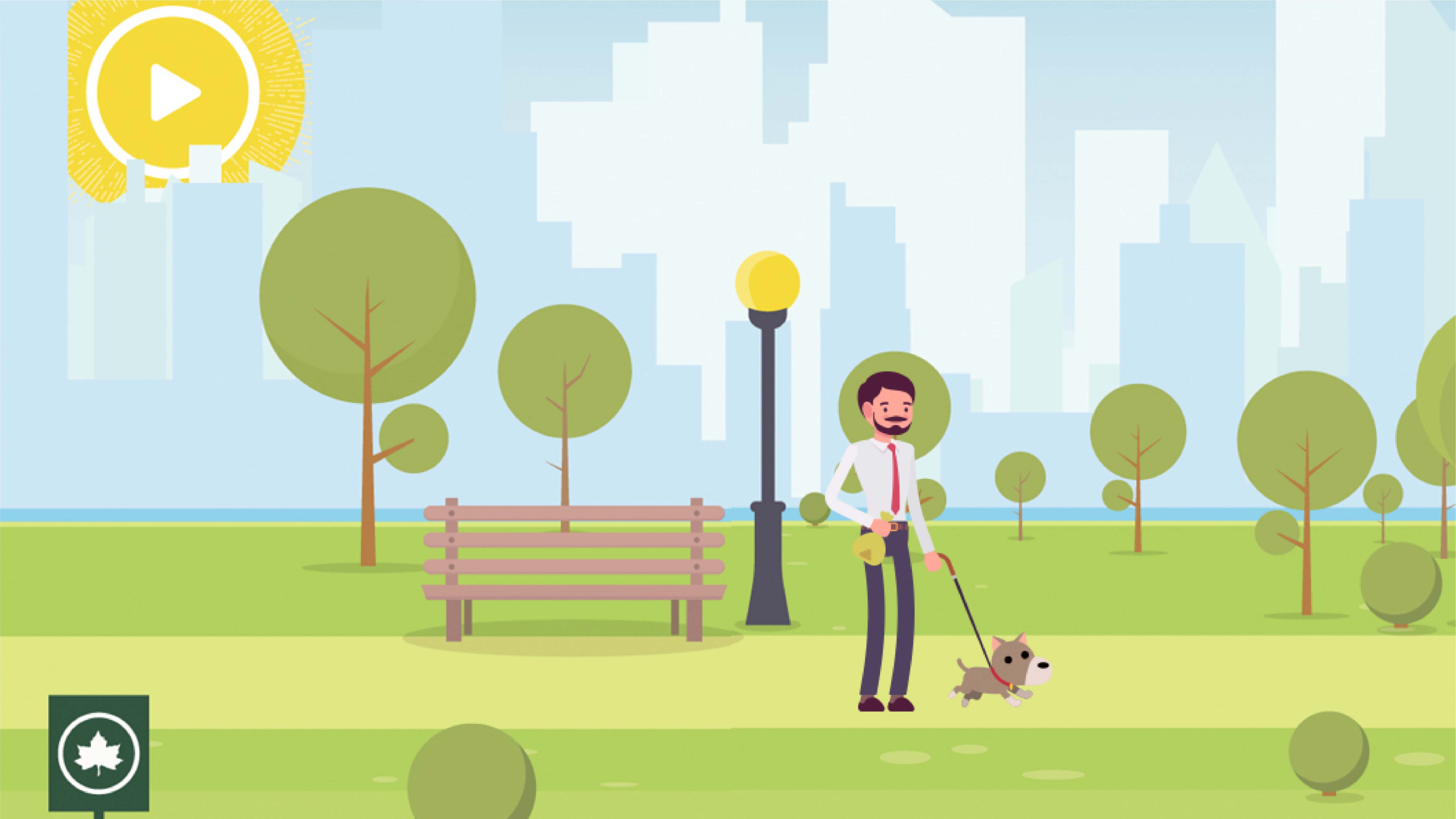Research and Discovery
As part of our human-centered design process, we began this project by attending a day in court, participating in the existing quality of life in-person course, interviewing real participants both before and after actual sessions, and hosting several workshops with subject-matter experts. This allowed us to fully understand the learning goals (and obstacles) that this unique project presented, identify key metrics to track, define our audience, and get clarity on areas where additional research on our part was still needed.
During this phase we also familiarized ourselves with the four tenets of procedural justice that would be underscoring the work throughout this project: treating court users with dignity and respect, ensuring that they understand the process they are involved in, providing them a voice, and communicating that court decisions are made neutrally.
Content Development
In addition to reinterpreting the center’s existing text-based documentation to work within our course, we also researched and tested independently. Based on the findings from our initial interviews, workshops, and research, and designing for adults with a wide range of language, literacy, and technological capabilities, we developed the content for the overall experience and crated storyboards for a sequence of five unique learning activities.
Technology and Pedagogy
This project allowed us to combine our creative energy with our knowledge of pedagogy and best practices in instructional design. We followed Moreno and Mayer’s primary learning styles, which focus on visual, auditory, reading/writing, and kinesthetic learning, and we paired the identified learning objectives with a variety of interactive features that are central to progressing through the hour-long course.
Engaged Learning
Conversational interfaces, motion graphics, videos, narrative arcs, mini-games, and quizzes all structure the learning moments and lessons within the course. Developing an appropriate and consistent tone for the module was also important for creating a dynamic experience that didn’t feel like a didactic government interaction.
Authoring Tool
We used Articulate Storyline 360 to produce the e-learning course. The final product is a fully accessible and Sharable Content Object Reference Model (SCORM) compliant experience.
User Testing
Designed for the broad variety of people who come through NYC’s courts, we needed to be sure the experience worked for every reading level, technical ability, and degree of skepticism. We conducted user testing with volunteers who had recently been through the previous slow, bureaucratic process. They consistently preferred the new experience, and said they’d actually learned useful information.
Impact
The module is live at OATH facilities in every borough, lessening the financial and administrative burden on the city, engaging citizens on issues of civil justice and quality of life crimes, and bringing awareness to personal behavior through interactive learning.








